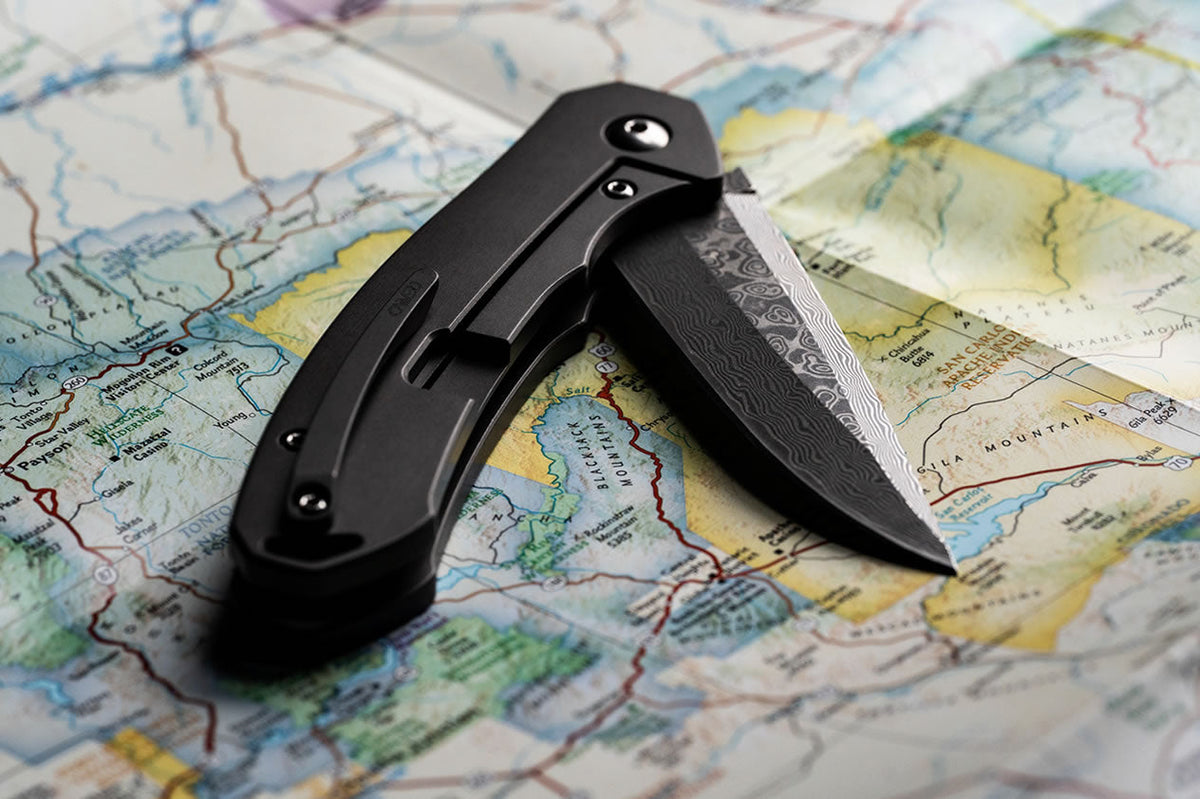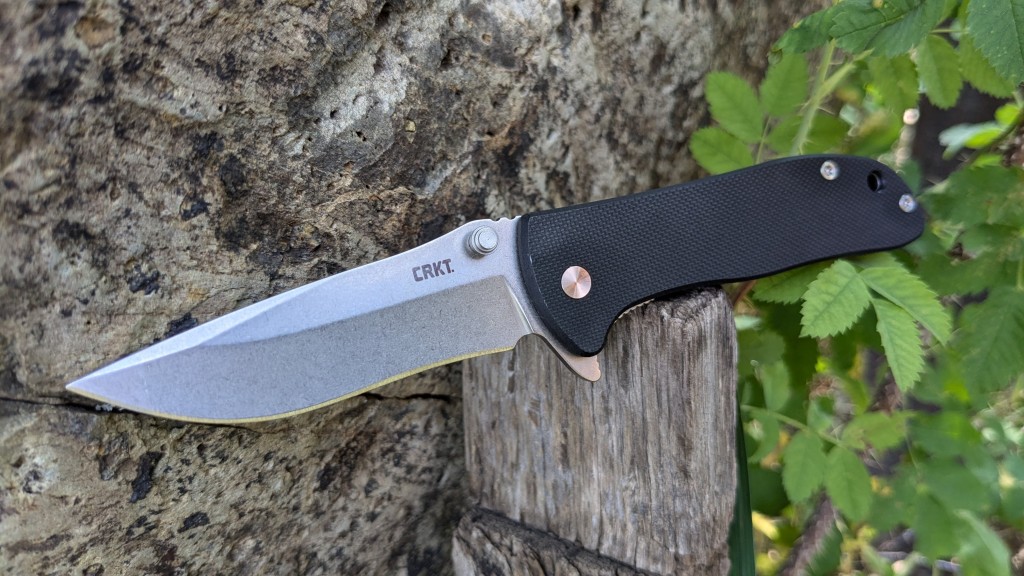For many kitchen professionals, the pursuit of a perfectly maintained knife is a lifelong journey. At the heart of this quest is the concept of knife blade patina. This natural phenomenon not only adds aesthetic appeal to your kitchen blades but also serves as a protective layer against rust and corrosion. But what exactly is patina, and how can it transform your culinary tools?
In this article, we'll explore the fascinating world of knife blade patina, diving into the science behind it, the benefits it offers, and the steps you can take to develop this protective layer on your knives. Whether you're a seasoned chef or an aspiring culinary artist, understanding patina is crucial for maintaining the longevity and performance of your kitchen knives.

Understanding Knife Blade Patina
The term 'patina' refers to a thin layer that forms on the surface of metals, including knife blades, due to oxidation. This layer is often seen as a mark of character and age, giving knives a distinguished and vintage look. However, patina is not just about aesthetics. It plays a crucial role in protecting the blade from the harmful effects of rust and corrosion.
Patina occurs naturally over time as the knife is exposed to various elements in the kitchen, such as acids from foods, moisture, and air. The rate at which patina develops can vary depending on the type of steel used in the blade, with carbon steel knives being particularly susceptible to forming patina more quickly due to their reactive nature.
The Benefits of Developing a Patina
Developing a patina on your knife blades offers a multitude of benefits. Firstly, it acts as a protective barrier, preventing rust from penetrating the surface of the blade. This is especially important in kitchen environments where knives are frequently exposed to moisture and acidic foods.
Moreover, a well-developed patina can enhance the aesthetic appeal of your knives, giving them a unique and personalized look. For chefs who take pride in their tools, a beautifully aged blade can be a source of admiration and envy among peers.
Additionally, patina can improve the performance of your knives. The slight roughness of the patina layer can create micro-serrations on the blade's edge, contributing to its cutting efficiency. This can be particularly advantageous when working with delicate ingredients that require precision and finesse.
How to Develop a Knife Blade Patina
While patina can develop naturally over time, there are several methods you can employ to expedite the process and achieve a desired look for your knives. One popular technique is forcing a patina using acidic substances such as vinegar, mustard, or lemon juice. These acids react with the steel, accelerating the oxidation process and creating a protective layer on the blade.
To force a patina, simply clean your knife thoroughly and apply the chosen acid evenly across the blade's surface. Allow it to sit for a period of time, then rinse and dry the knife to reveal the newly formed patina. It's important to note that the results can vary depending on the acid used and the duration of exposure, so experimentation may be necessary to achieve the desired effect.
For those interested in learning more about the different types of knives and their unique properties, you can explore this comprehensive guide on knife types. Additionally, for those curious about the advantages and disadvantages of various knife designs, this insightful article on folding knives offers valuable insights.
Maintaining Your Patina
Once you've developed a patina on your knife blade, it's essential to maintain it properly to ensure its longevity and effectiveness. Regular cleaning and drying of the blade after use is crucial to prevent any buildup of harmful substances that may compromise the patina layer.
Additionally, consider applying a thin coat of mineral oil to the blade periodically. This helps to protect the patina while adding an extra layer of defense against moisture and oxidation. Be sure to store your knives in a dry environment and avoid prolonged exposure to acidic substances that may strip away the patina over time.

FAQs About Knife Blade Patina
What is the best way to remove patina if I don't like it?
If you decide to remove the patina from your knife blade, you can use a metal polish or a mixture of baking soda and water to gently scrub the surface. However, be cautious not to damage the blade in the process.
Can patina form on stainless steel knives?
Patina is more commonly associated with carbon steel knives due to their reactive nature. While stainless steel knives are less likely to develop a significant patina, they can still experience some degree of oxidation over time.
How can I achieve a uniform patina on my knife blade?
Achieving a uniform patina requires consistent application of the chosen acid and even distribution across the blade's surface. Experimentation with different methods and exposure times can help achieve the desired look.
For further insights into maintaining and enhancing your knife collection, explore the range of resources available on Bohler M390 in Folding Knives and Combat Fixed Blade Knife.
This article contains affiliate links. We may earn a commission at no extra cost to you.


























